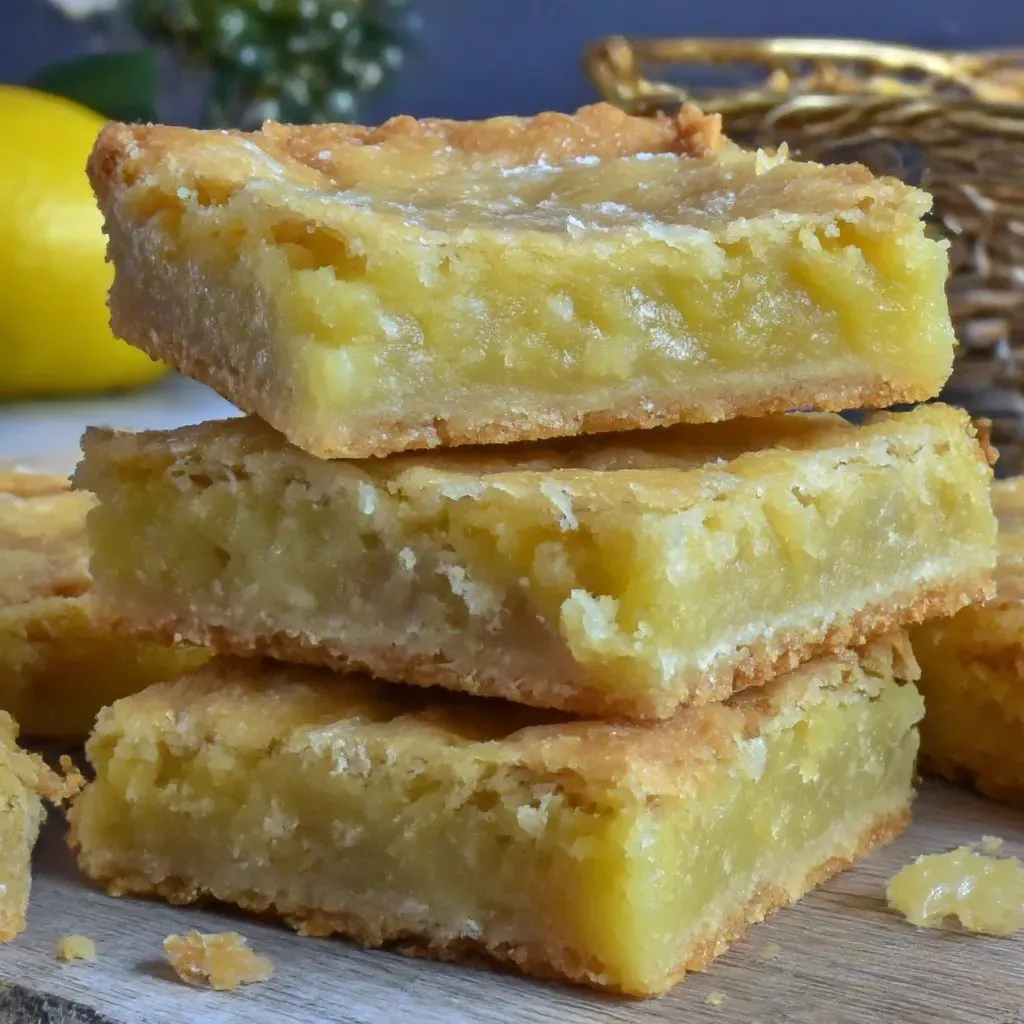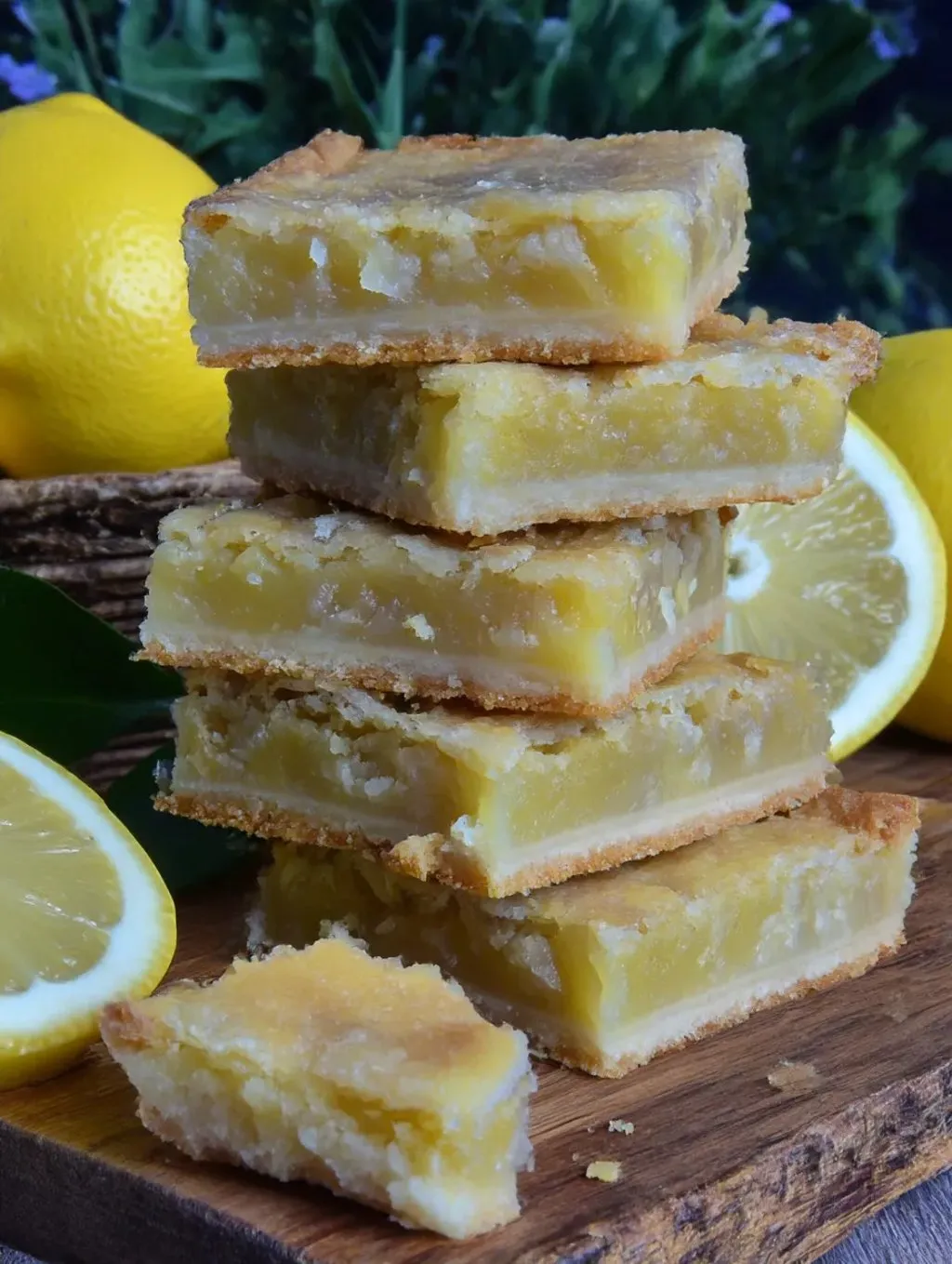 Pin
Pin
With its sweet tang and crumbly crust, Russian limonnik brings a delightful zing to the dessert table. This pie balances fresh whole lemon with a barely sweet shortcrust, making each forkful refreshing and just a bit unexpected. From summer picnics to afternoon tea, limonnik always vanishes fast at my house and I look forward to baking it every lemon season.
My family first tasted limonnik during a trip to St. Petersburg and it quickly became a favorite in our weekly rotation. It always lifts the mood even on gloomy days.
Ingredients
- Sour cream: for making dough tender and tangy try to use full fat for richer flavor
- Cold butter: for a crumbly shortcrust high quality European style butter works best
- All purpose flour: gives the crust structure choose fresh flour for better texture
- Baking soda: helps the dough rise slightly make sure it is not expired
- Salt: balances the flavors use fine salt for better mixing
- Organic lemon: gives real lemony brightness opt for a lemon with thin smooth skin and no blemishes
- Sugar: sweetens the filling adjust amount to taste
- Cornstarch: thickens the filling using fresh cornstarch prevents lumps
Step-by-Step Instructions
- Prepare the Dry Mix:
- Mix together the flour and a pinch of salt in a large bowl. This ensures the salt blends evenly for an even flavor base.
- Incorporate the Butter:
- Add the cold butter cut into cubes and mix with a pastry blender or your fingertips until you get pea sized pieces. Keeping the butter cold creates a great crumbly texture.
- Prepare the Wet Mix:
- Dissolve the baking soda fully into the sour cream so the soda activates evenly in the dough.
- Form the Dough:
- Add the sour cream mixture to the flour butter blend and knead very briefly until the dough just comes together into a rough ball. Do not overwork as this keeps the crust tender.
- Chill the Dough:
- Divide the dough into one large and one slightly smaller piece. Place both in an airtight container and refrigerate for at least thirty minutes to help firm up the dough before rolling.
- Make the Lemon Filling:
- Slice an unpeeled organic lemon and remove all seeds. Puree lemon pieces in a blender until completely smooth for a zesty filling.
- Prepare the Sugar:
- Set the sugar aside separate from the lemon puree to prevent it from dissolving and making the filling watery.
- Line and Roll Out:
- Line the bottom of a springform pan with baking paper. Roll out the larger piece of dough on a floured surface until it is a bit larger in diameter than your pan so you can build up the edges.
- Shape the Base:
- Press the rolled dough into the pan and up the sides. Dust the base generously with cornstarch to help soak up the lemon juices.
- Roll the Top:
- Roll out the remaining piece of dough so it matches the pan size for the top crust.
- Mix the Filling:
- Stir the sugar into the lemon puree just before using then spread this mixture evenly over the cornstarch lined base.
- Seal and Dock:
- Cover with the rolled top crust pressing the dough edges together to seal. Prick the surface with a fork in several places to let steam escape while baking.
- Bake and Cool:
- Bake at three hundred and fifty six degrees Fahrenheit on the center rack for thirty minutes or until golden. Let it cool completely before slicing so the filling sets well.
 Pin
Pin
Lemon is my favorite part of this dessert since using the peel adds so much fragrance. My best memory was serving it at my birthday picnic and watching everyone reach for seconds before the cake even made it out.
Storage tips
Store leftovers tightly covered at room temperature for up to two days or refrigerate for up to four days. The pie can also be sliced and frozen in airtight containers for up to three months. Let it come to room temperature before serving for the best texture.
Ingredient substitutions
If you do not have sour cream try full fat Greek yogurt for a similar tang and texture. For the lemon choose an organic orange for a sweeter variation. Oat flour or a gluten free blend will work for the crust although it may be a bit more delicate.
Serving suggestions
Limonnik is lovely with a dusting of powdered sugar or a dollop of whipped cream. For summer gatherings I like to add fresh berries on the side for extra color and pop. It pairs perfectly with black tea or a cup of coffee.
 Pin
Pin
Cultural and historical context
Limonnik has roots in Russian home baking dating back generations. This pie is especially popular in the summer and fall when fresh fruit is abundant and many home bakers look for simple satisfying treats. It tells a story of hospitality and resourcefulness since the filling uses every bit of lemon.
Recipe FAQs
- → What kind of lemons work best for limonnik?
Thin-skinned organic lemons provide the best flavor and texture, as their zest adds brightness and the fruit purees smoothly.
- → Why knead the dough only briefly?
Short kneading ensures the crust stays crumbly and tender, preventing toughness due to overworking the flour's gluten.
- → Should the filling be made in advance?
Prepare the lemon filling just before assembly so the sugar does not dissolve completely into the lemon juice, reducing excess liquid.
- → What equipment is needed for this dessert?
A round springform tin (about 26 cm) and a blender are helpful for shaping and smoothing the filling.
- → How long should the limonnik cool before serving?
Allow at least 30 minutes of cooling for the pie to set, making slicing and serving cleaner and easier.
- → Can the sweetness be adjusted?
Yes, you can increase or decrease the sugar in the filling according to your preferred balance of sweet and tart.
